The most complete flower-growing skills in history are released, one article is worth 100, you will
Last Update :2024.06.14
Article Catalog
How to change pots and mix soil?
Huahua is going to publish a summary of flower growing techniques today. No matter what kind of flowers you grow, this article is applicable to all. If you want to fully understand how to grow flowers, read it now!
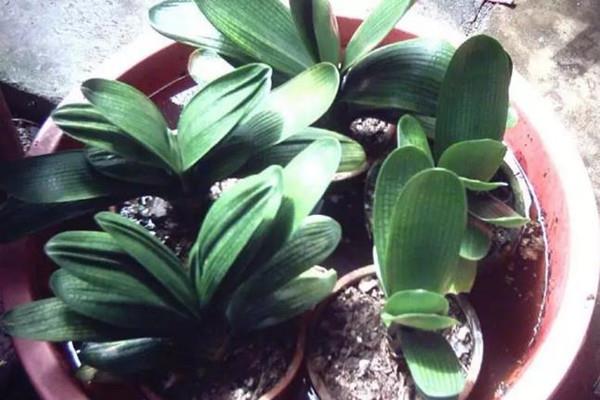 How to water?
How to water?
How to water?
Different flowers have different needs for water. Most of the plants we raise at home are neutral plants and xerophytes. Flowers and plants such as clivia and rose are neutral plants that cannot be watered more or less, while succulent plants such as succulents are xerophytes and do not require high water.
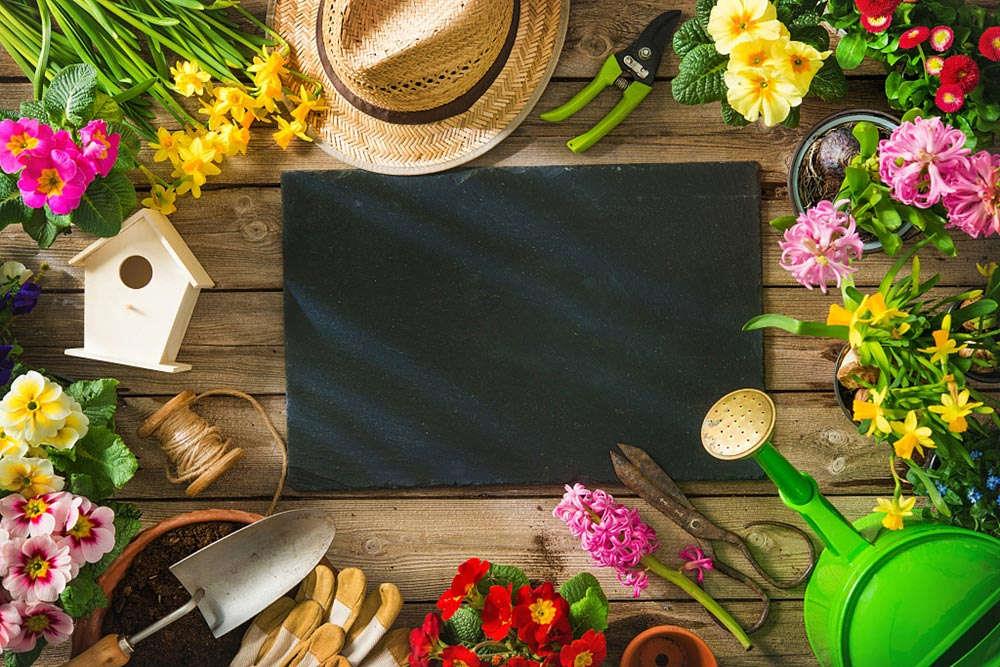
Water selection:
Home Tap water cannot be used directly to water flowers. We can collect natural water, such as rainwater, snow water, lake water or well water, etc. These are the first choice for watering flowers. Tap water must be dried before use, and the chlorine must be removed first.
Water temperature:
It is best to keep the watering temperature consistent with the temperature of the flowers. We can put the water next to the flowers for a while and wait for the two to cool down. When the temperature is almost there, use it to water the flowers.
Watering methods:
In addition to the usual watering methods, we can also use the soaking method and moisturizing method.
The soaking method is to place the flower pot in a shallow dish filled with water and let the water be slowly absorbed into the soil. This way you can avoid watering for a period of time.
The moisturizing method is to often use a watering can to spray water around the flowers, such as some foliage plants. Spraying water on or around the leaves can not only maintain humidity, but also keep the leaves clean.
Principles of watering:
Watering should not be done every few days. The most effective way is to judge whether watering should be done based on the condition of the soil. The so-called watering when dry and wet, watering when dry, and watering when dry refers to the degree of dryness and wetness of the soil.
Use a small shovel to dig out about 2 cm of pot soil. If it looks white and feels dry, it means it needs watering. You can also lift the flower pot to feel its weight. If the flower pot is light, it means it is dry. It needs watering.
When the soil is dry to the extent mentioned above, water it thoroughly. The standard is that water flows out from the drainage holes of the flower pot.
If the surface of the pot soil looks moist, there is no need to water it. In short, dry is better than wet, so don’t worry about not getting enough water for the flowers.
Consequences of improper watering:
① Excessive watering: the roots cannot breathe and are suffocated, leading to root rot or even death.
② Too little watering: Lack of water causes the flowers to wilt and dry up.
③Improper watering: The root system cannot fully extend and develop, which is manifested as short and thin flowers.
How to apply fertilizer?
The growth of flowers mainly requires three elements: nitrogen, phosphorus, and potassium. Different elements play different roles in flowers. Nitrogen fertilizer promotes the growth of branches and leaves, phosphorus fertilizer promotes flowering, and potassium fertilizer promotes the development and growth of root systems. Fruit setting. Only when these three elements work together can flowers grow well.
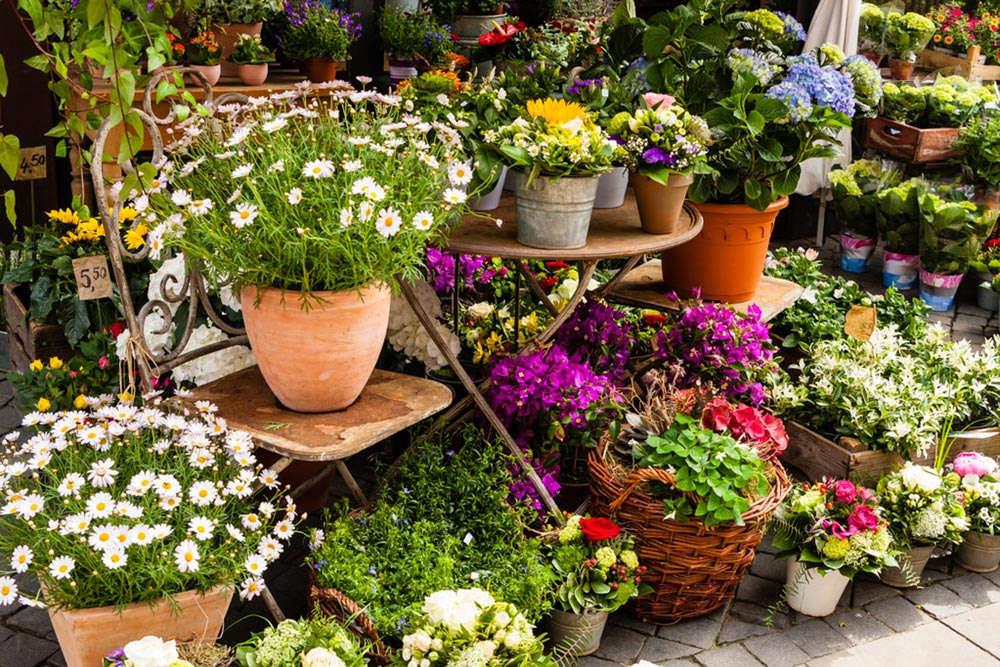
Types of fertilizers:
1 , Base fertilizer: It is a material used to pad the bottom of the pot. For example, chicken manure, decomposed pine bark, peel, etc. can be placed at the bottom of the flower pot as base fertilizer.
It should be noted that the base fertilizer and the roots of flowers and plants should not be in direct contact, and a layer of soil should be separated in between to prevent root burning.
2. Solid fertilizer: It is solid fertilizer such as compound fertilizer. When using it, dig a small hole in the pot soil and bury 2 to 3 grains.
3. Water fertilizer: It is liquid fertilizer. It can be the fertilizer you purchased and diluted with water, or it can be the supernatant of homemade fertilizer.
When used, it is generally diluted according to the ratio of 1:2000 and then watered to the flowers.
4. Organic fertilizer: Homemade fertilizers are generally organic fertilizers, such as decomposed rice water, peels, kitchen waste, bean dregs, etc.
Homemade organic fertilizer must be decomposed first. The method is to add water to the material and seal it in a sunny place for about 2 months. Then mix the decomposed fertilizer into the soil or take the supernatant and add water. Water the flowers after diluting.
Principles of fertilization:
“Apply thin fertilizer and apply more”, apply less each time, and apply once a month during the growth period.
What should I do if I apply too much fertilizer?
① Use the soaking method to gradually dilute the fertilizer in the soil.
② Change the soil: Clean the soil at the base of the flower and the flower pot, apply carbendazim on the flower and let it dry in a ventilated place, prepare new soil, and then transplant it into the pot.
How to bask in the sun?
Divide the flowers commonly grown at home into three types: those that like sun, those that are half yin and half yang, and those that love yin.

1. Sun-loving flowers include roses, chrysanthemums, and dwarf flowers. Morning glory, cacti and succulents to name a few. These flowers basically need full sun. We should usually place them in a sunny place on the south balcony, but if the temperature exceeds 30°C, we should also pay attention to shade to avoid sunburn.
2. Half-yin and half-yang flowers include gardenia, monstera, camellia, money tree, fiddle-leaf fig, etc. These flowers can usually be placed in a place with scattered light in the living room, and they are more tolerant of shade. When the temperature is low in winter, you can move to the balcony to bask in the sun.
3. Flowers that like shade include pothos, asparagus, tiger orchid, maidenhair fern, etc. These flowers do not have high light requirements and can be maintained in a relatively dark room at home.
Flower lovers in the north generally don’t have to worry about their flowers being sunburned by the sun, but what they worry about most is that when the temperature gets low, the flowers will get frozen. After winter comes, don't worry about it if the temperature is not too low during the day. If the temperature is low at night, be careful to move the flowers indoors to keep them warm.
Flowers can observe the position of the flower they want to buy when buying flowers to judge its need for sunlight.
How to change pots and mix soil?
Buy flowers generally need to be repotted with soil. In order for the flowers to grow well, we should choose suitable pots and soil.
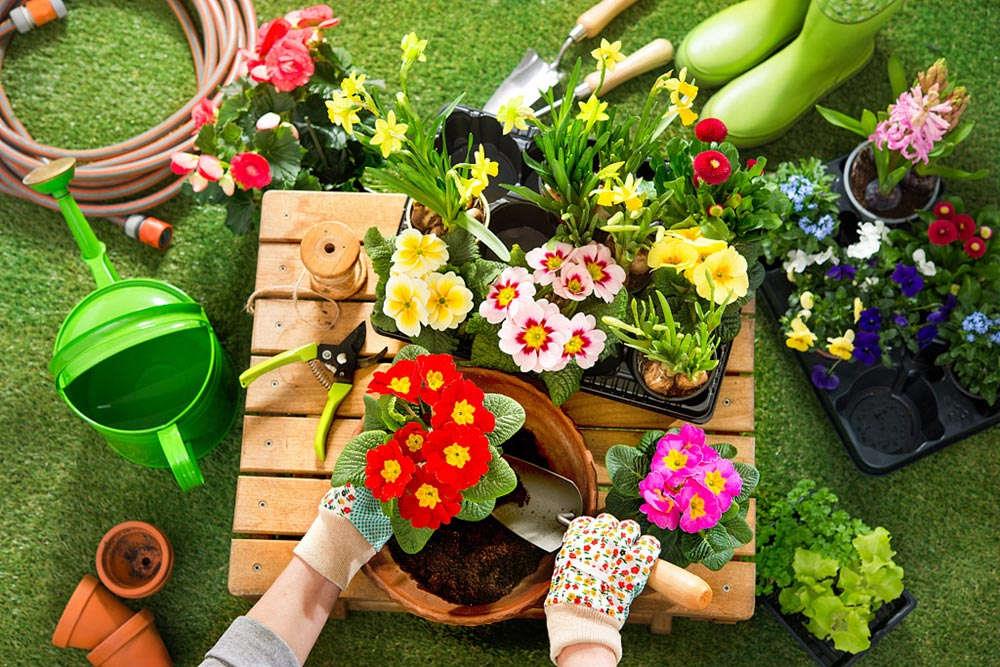
Selection of flower pots:
The bigger the flowerpot, the better, nor is it too small to affect the extension of the flower's root system. Depending on the plant type, we can choose a flowerpot that is 3~5cm larger than the plant diameter.
Choice of soil:
If you don’t know what soil to use or are too lazy to mix the soil, let me tell you the cheapest soil combination: leaf mold soil under the big tree + river sand according to 1: Just mix it in a ratio of 1!
The soil must be loose and breathable, otherwise the root system of the flower will not develop well, thus affecting the growth of branches and flowers.
Attention:
① Dig the soil back and pay attention to disinfection. First put it on the balcony to dry for 2 to 3 days for sterilization. You can mix in some carbendazim.
② When changing the potting soil, trim the roots of the flowers, remove the rotten roots, bad roots and dead roots, then apply carbendazim and let them dry in a ventilated place before transplanting them into pots.
③ You can bring some of the original soil into the pot to help the flowers adapt to the new environment.
Do flower lovers understand the four major points of water, fertilizer, light and soil?
This is the basic principle and must be mastered!
If you have any other questions, please feel free to ask Huahua~
How to fertilize?
How to bask in the sun?
How to change pots and mix soil?
- END -
The most prosperous plant in Feng Shui, what kind of plants are good in Feng Shui in the living room
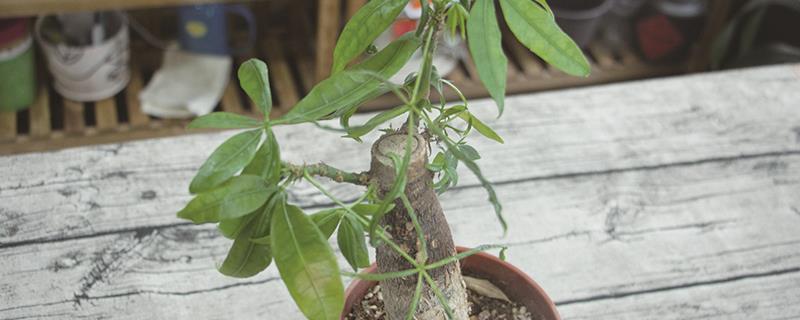
In terms of Feng Shui, there are many plants that can attract wealth. The most com...
Do you like sunshine when you are lucky?

It is an ornamental plant that likes sunlight. Only when stimulated by light will ...